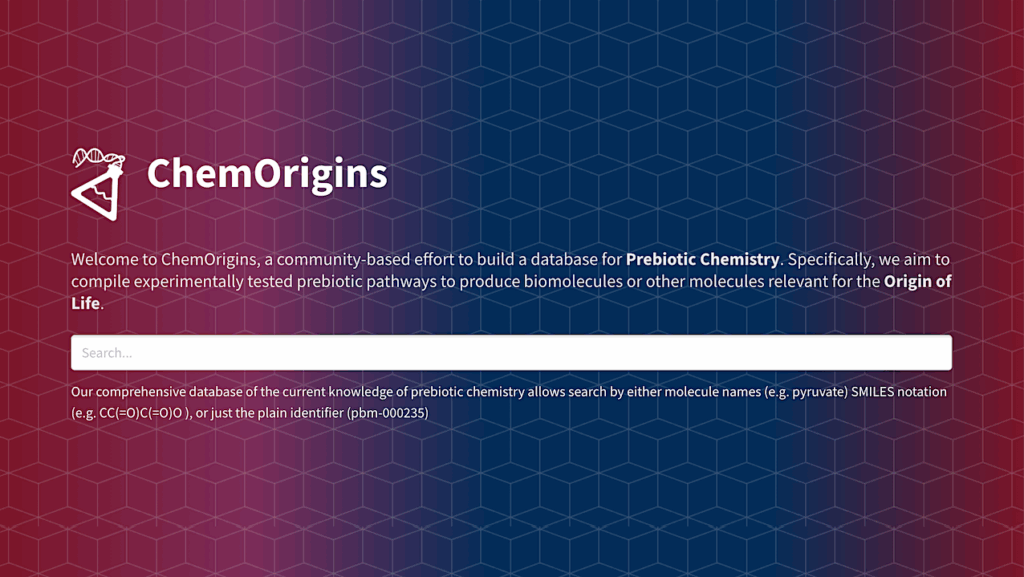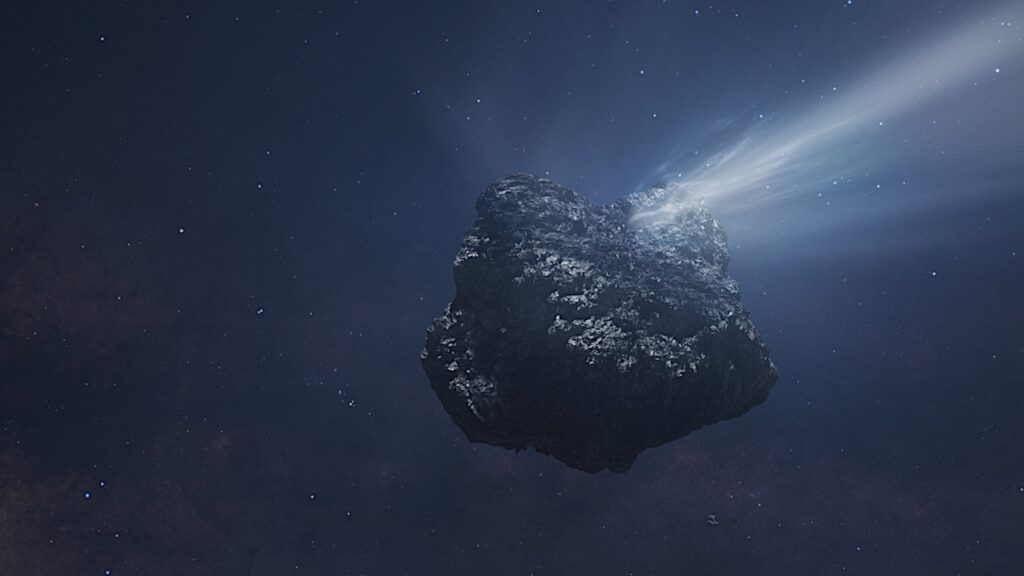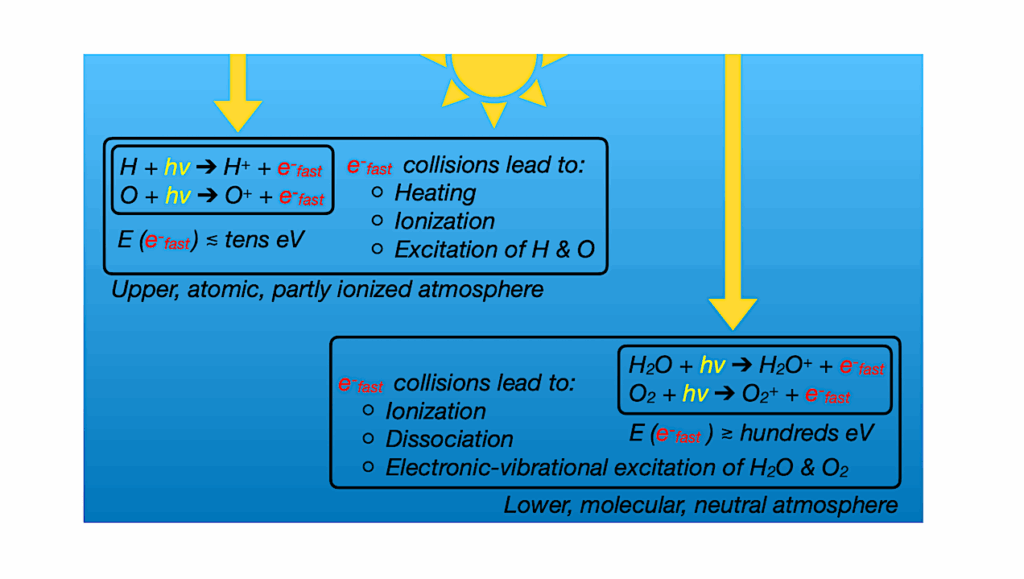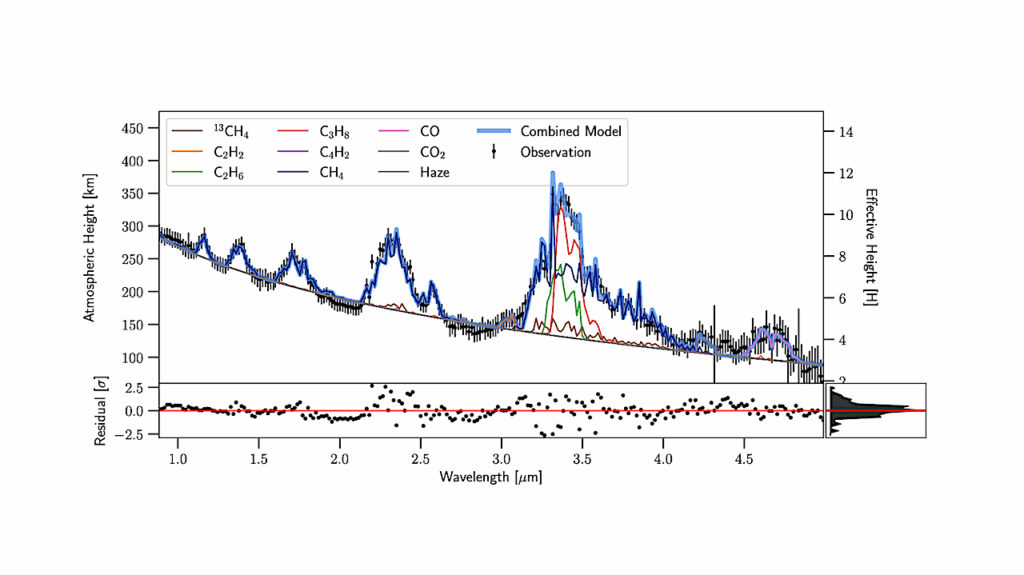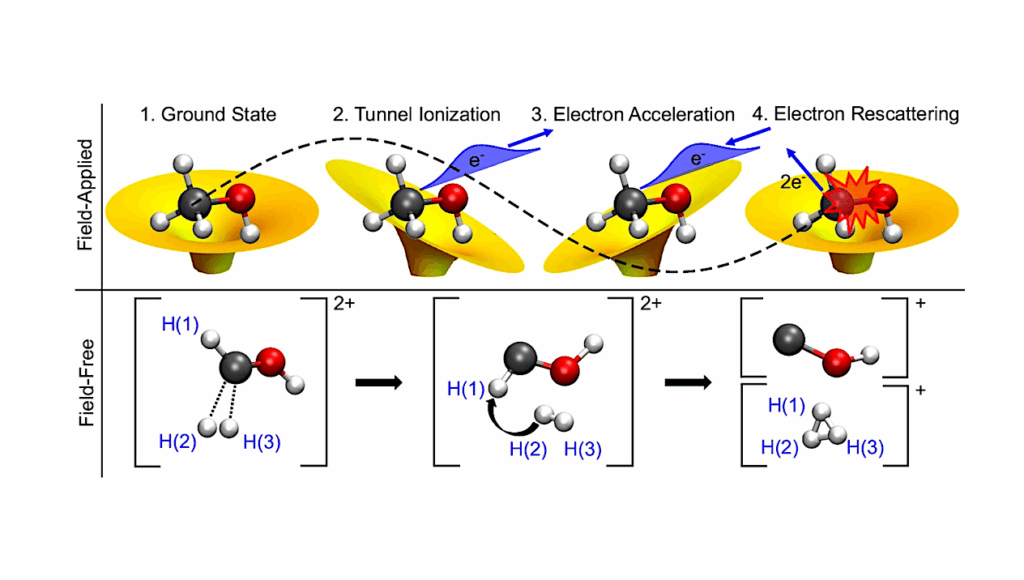VIRA: An Exoplanet Atmospheric Retrieval Framework for JWST Transmission Spectroscopy
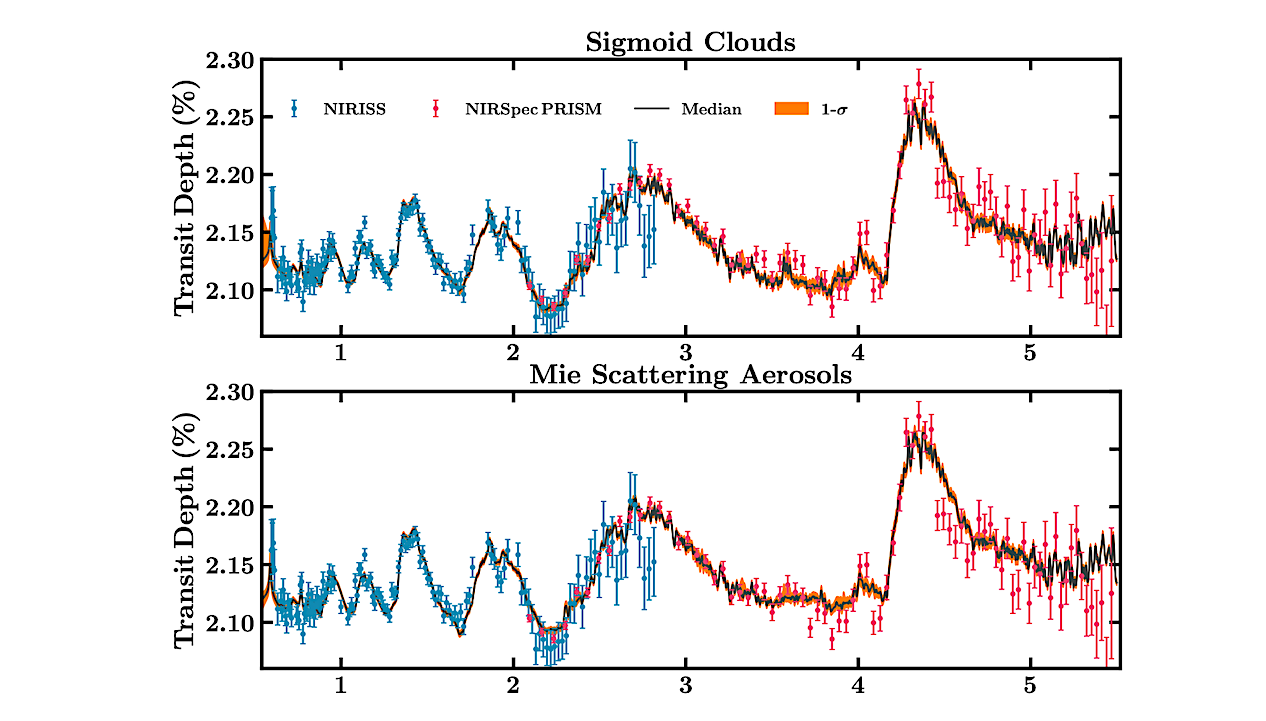
JWST observations are leading to important new insights into exoplanetary atmospheres through transmission spectroscopy.
In order to harness the full potential of the broad spectral range and high sensitivity of JWST, atmospheric retrievals of exoplanets require a high level of robustness and accuracy in the underlying models. We present the VIRA retrieval framework which implements a range of modelling and inference capabilities motivated by early JWST observations of exoplanet transmission spectra.
This includes three complementary approaches to modelling atmospheric composition, three atmospheric aerosol models, including a physically-motivated Mie scattering approach, and consideration of correlated noise. VIRA enables a cascading retrieval architecture involving a sequence of retrievals with increasing sophistication. We demonstrate VIRA using a JWST transmission spectrum of the hot Saturn WASP-39 b in the ∼1-5 μm range.
In addition to confirming prior chemical inferences, we retrieve molecular abundances for H2O, CO, CO2, SO2 and H2S, resulting in super-solar elemental abundances of log(O/H)=−2.0±0.2, log(C/H)=−2.1±0.2 and log(S/H)=−3.6±0.2, along with C/O and S/O ratios of 0.83+0.05−0.07 and 0.029+0.012−0.009, respectively, in the free chemistry case.
The abundances correspond to 20.1+10.5−8.1×, 28.2+16.3−12.1× and 20.8+10.3−7.5× solar values for O/H, C/H and S/H, respectively, compared to C/H =8.67±0.35× solar for Saturn. Our results demonstrate how JWST transmission spectroscopy combined with retrieval frameworks like VIRA can measure multi-elemental abundances for giant exoplanets and enable comparative characterisation with solar system planets.
Savvas Constantinou, Nikku Madhusudhan
Comments: Accepted for publication in MNRAS
Subjects: Earth and Planetary Astrophysics (astro-ph.EP); Instrumentation and Methods for Astrophysics (astro-ph.IM)
Cite as: arXiv:2403.04825 [astro-ph.EP] (or arXiv:2403.04825v1 [astro-ph.EP] for this version)
Submission history
From: Savvas Constantinou
[v1] Thu, 7 Mar 2024 19:00:00 UTC (10,159 KB)
https://arxiv.org/abs/2403.04825
Astrobiology



